TOP UI/UX DESIGN AGENCIES IN USA 2026
Company Name
Avg hourly rate
Employees
Reviews
Location
Contacts
1
17
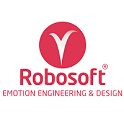
Robosoft Technologies
Avg hourly rate
$51.00 - $100.00/hr
Employees
251 - 1000
Location
San Francisco, California, United States
+1-415-848-2354
2
9

MindInventory
Avg hourly rate
$26.00 - $50.00/hr
Employees
51 - 250
Location
Strongsville, Ohio, United States
+1-216-609-0691
3
8
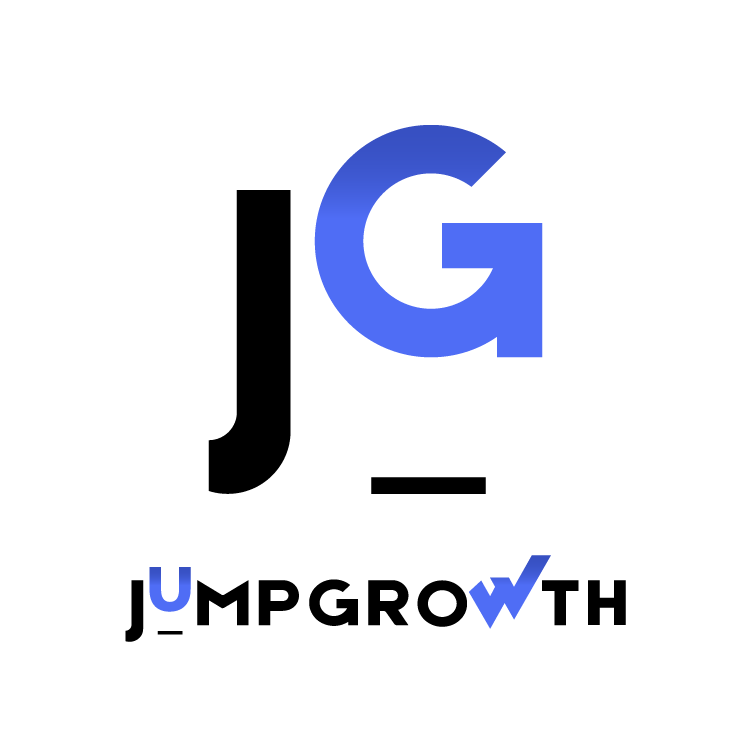
JumpGrowth
Avg hourly rate
$26.00 - $50.00/hr
Employees
51 - 250
Location
Dallas, Texas, United States
(972) 454-4888
4
7

IdeaSoft
Avg hourly rate
$26.00 - $50.00/hr
Employees
51 - 250
Location
New York, New York, United States
+16469804261
5
6

Blue Label Labs
Avg hourly rate
$101.00 - $150.00/hr
Employees
51 - 250
Location
New York, New York, United States
2078905983
6
6

Mobomo
Avg hourly rate
$150.00 - $199.00/hr
Employees
50 - 249
Location
Vienna, Virginia, United States
202.550.5982
7
6

Algoworks
Avg hourly rate
$51.00 - $100.00/hr
Employees
51 - 250
Location
Sunnyvale, California, United States
+1-877-284-1028
8
5

Mutual Mobile
Avg hourly rate
$151.00 - $200.00/hr
Employees
51 - 250
Location
Austin, Texas, United States
512-615-1800
9
5

Impiger Technologies
Avg hourly rate
$25.00 - $50.00/hr
Employees
250 - 1000
Location
Richardson, Texas, United States
972.346.8186
10
5

Copper Mobile
Avg hourly rate
$101.00 - $149.00/hr
Employees
50 - 250
Location
Dallas, Texas, United States
972.528.6628
11
5

Sunflower Lab
Avg hourly rate
$51.00 - $100.00/hr
Employees
10 - 50
Location
Somerset, New Jersey, United States
(614)664-7674
12
5
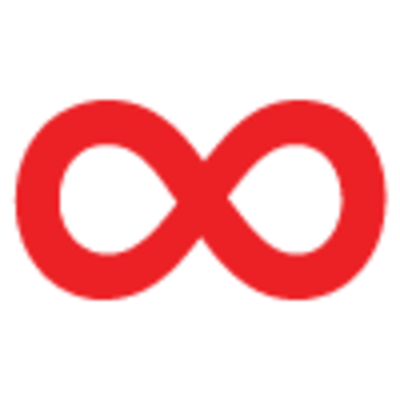
Infinum
Avg hourly rate
$101.00 - $150.00/hr
Employees
51 - 250
Location
New York, New York, United States
+1 (917) 838-2194
13
5

Rightpoint
Avg hourly rate
$151.00 - $200.00/hr
Employees
251 - 1000
Location
Chicago, Illinois, United States
312.920.8383
14
5

Cheesecake Labs
Avg hourly rate
$51.00 - $100.00/hr
Employees
51 - 250
Location
San Francisco, California, United States
4156916007
15
5

Halcyon Mobile
Avg hourly rate
$51.00 - $100.00/hr
Employees
51 - 250
Location
New York, New York, United States
+1 650 924 9023
16
3

OTS Solutions
Avg hourly rate
$26.00 - $50.00/hr
Employees
51 - 250
Location
Dallas, Texas, United States
(972) 454-4888
17
3

Universal Stream Solution LLC
Avg hourly rate
$26.00 - $50.00/hr
Employees
11 - 50
Location
Atlanta, Georgia, United States
+1 (678) 720 4961
18
3
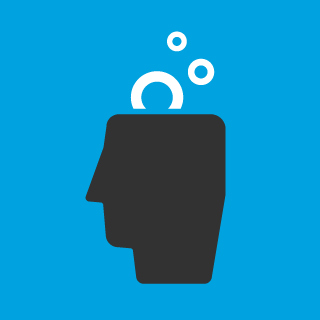
BrandExtract
Avg hourly rate
$151.00 - $200.00/hr
Employees
11 - 50
Location
Houston, Texas, United States
+1.713.942.7959
19
3

Symmetri Marketing
Avg hourly rate
$151.00 - $200.00/hr
Employees
11 - 50
Location
Chicago, Illinois, United States
734.393.4696
20
2

Bartholomew Media Group
Avg hourly rate
$51.00 - $100.00/hr
Employees
0 - 10
Location
Bear Lake, Michigan, United States
231-846-1005
21
2

Chapter247 Infotech
Avg hourly rate
$0.00 - $25.00/hr
Employees
11 - 50
Location
Reno, Nevada, United States
7758354055
22
2
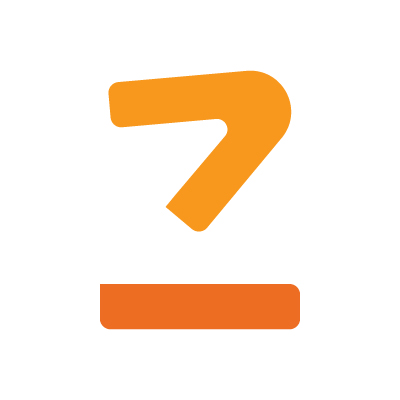
Codezeros
Avg hourly rate
$26.00 - $50.00/hr
Employees
51 - 250
Location
Tallassee, Alabama, United States
3152458590
23
2

Techliance
Avg hourly rate
$26.00 - $50.00/hr
Employees
11 - 50
Location
Draper, Utah, United States
+1 8013088750
24
2
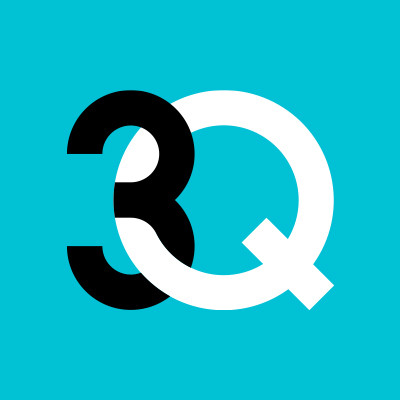
3Q Digital
Avg hourly rate
$101.00 - $150.00/hr
Employees
251 - 1000
Location
San Mateo, California, United States
55654367534345
25
2

Brafton Inc
Avg hourly rate
$151.00 - $200.00/hr
Employees
251 - 1000
Location
Boston, Massachusetts, United States
617-206-3040